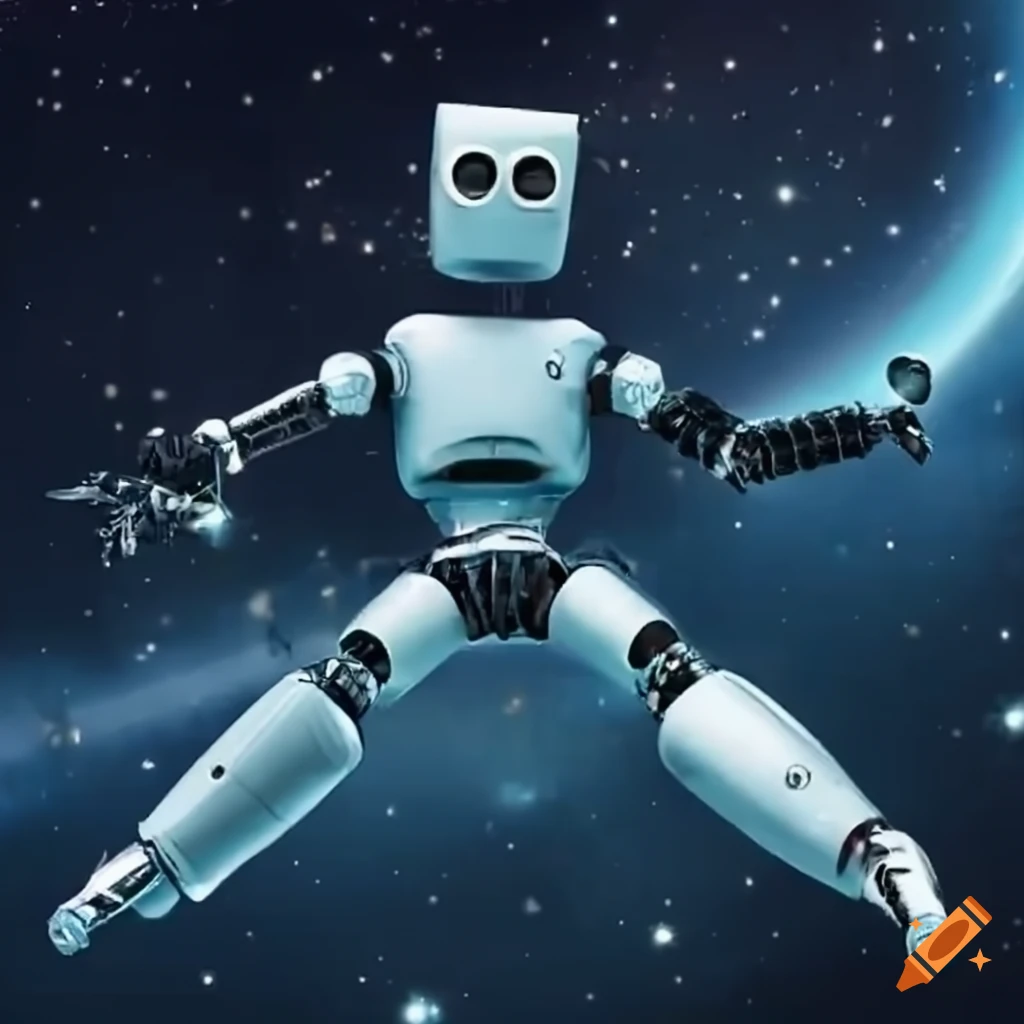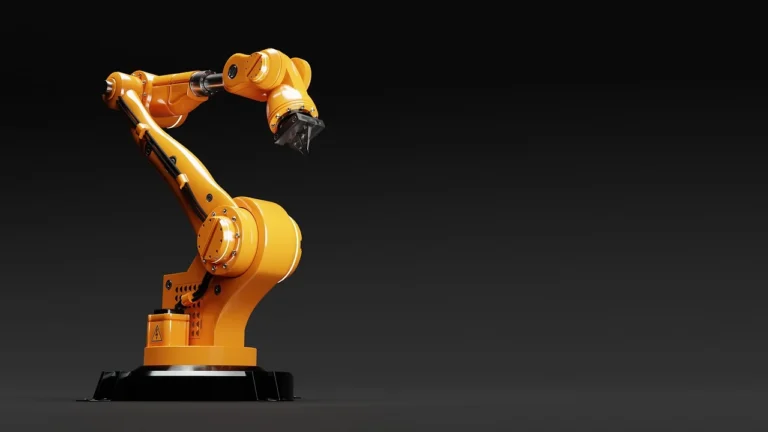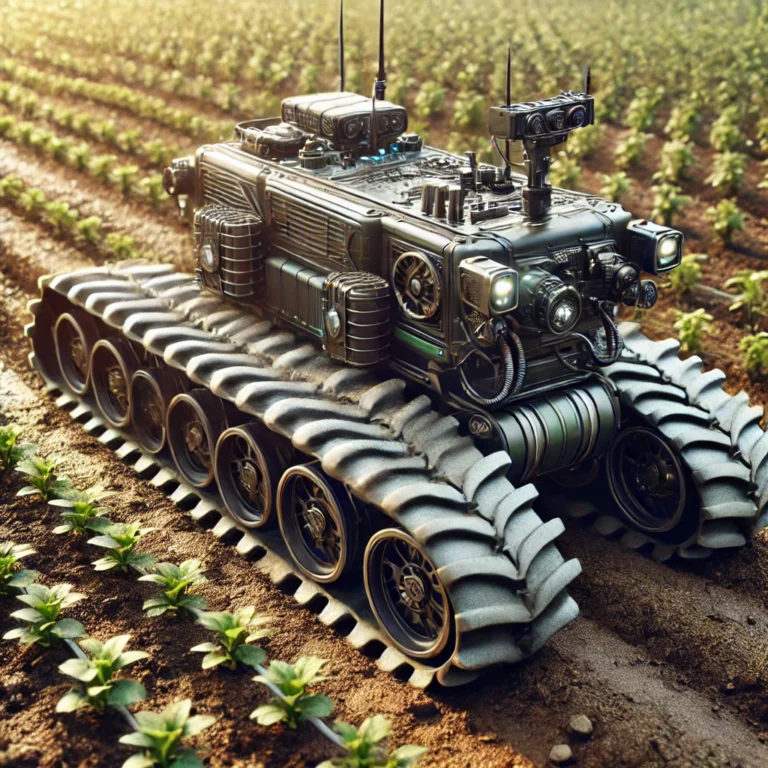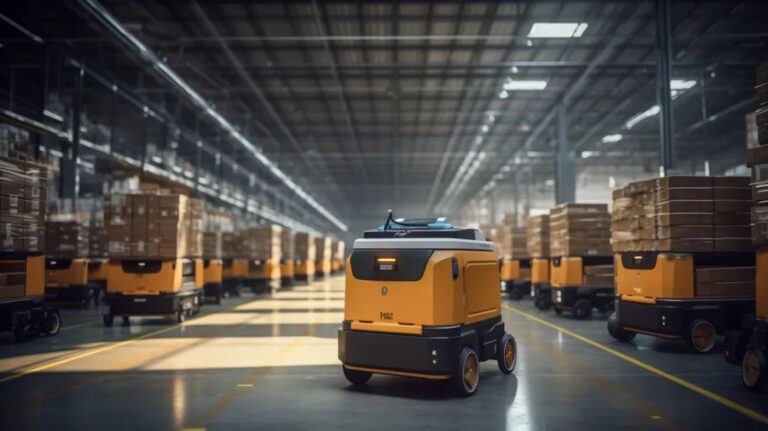We help the world since 2012

Optimizing Robotics Power: How to Address Common Issues with DC-DC Converters
In the world of robotics, selecting the right robot DC-DC converter is crucial for ensuring optimal performance. However, users often face several pain points when choosing these power components. Common issues include inefficiency, overheating, electromagnetic interference (EMI), and size constraints. This blog post explores these challenges in detail and provides practical solutions to address them effectively, helping you make an informed decision for your robotics projects.
In this blog post, we’ll explore these common issues and offer practical solutions to help you find the most suitable DC-DC converter, enhancing your robot’s overall performance.
- 1. Complexity in Matching Robot Needs
- 2. Low Power Efficiency Affecting Battery Life
- 3. Overheating and Inefficient Heat Management
- 4. Electromagnetic Interference (EMI) Affecting Sensitive Components
- 5. Unstable Voltage Output Affecting Robot Performance
- 6. Size and Weight Constraints
- 7. High Costs and Budget Constraints
- Conclusion: Finding the Right DC-DC Converter to Address Robotics Power Challenges
1. Complexity in Matching Robot Needs
Pain Point:
Selecting a DC-DC converter often involves balancing various application requirements. Industrial robots may need high power and reliability, while smaller service robots might prioritize energy efficiency and compact size. With a wide range of converter options available, finding the perfect match for your robot’s needs can be challenging.
Solution:
Opt for a modular DC-DC converter that allows customization of voltage and current outputs based on specific application needs. Modular designs provide flexibility, enabling adjustments as your project evolves, which prevents the need for a complete system replacement in the future.
2. Low Power Efficiency Affecting Battery Life
Pain Point:
Robots with low-efficiency power converters can experience rapid battery depletion. This is especially problematic for battery-powered mobile robots, where energy management is critical for extending operational time.
Solution:
Choose high-efficiency DC-DC converters, especially for battery-powered applications. Look for converters with efficiency rates above 90%, which can significantly extend your robot’s operational time. Also, pay attention to the converter’s standby power consumption to minimize energy waste.
3. Overheating and Inefficient Heat Management
Pain Point:
Robots operating under heavy loads can cause power supplies to overheat. Poor heat management in DC-DC converters can lead to component damage and increased maintenance needs, impacting the robot’s performance and reliability.
Solution:
Select DC-DC converters with active or passive cooling solutions. Features like built-in fans or heat sinks can help manage temperature and ensure stable operation under high loads. Regular maintenance of cooling systems is also essential for long-term reliability.
4. Electromagnetic Interference (EMI) Affecting Sensitive Components
Pain Point:
In complex industrial environments or robots with multiple sensors, electromagnetic interference can be a significant issue. If a DC-DC converter lacks proper EMI protection, it may disrupt sensor operations or communication, leading to instability.
Solution:
Choose DC-DC converters with built-in EMI filtering capabilities to reduce electromagnetic noise. Additionally, maintain proper distances between the power module and sensitive components, and use shielded cables and grounding techniques to further minimize interference.
5. Unstable Voltage Output Affecting Robot Performance
Pain Point:
Robots require stable voltage inputs to function correctly. Low-quality DC-DC converters may deliver unstable voltage, which can lead to reduced performance or unexpected system failures.
Solution:
Look for DC-DC converters with excellent load regulation and line regulation features to ensure stable voltage output even under varying loads. Also, consider converters with overvoltage and overcurrent protection to safeguard against damage from voltage spikes.
6. Size and Weight Constraints
Pain Point:
In applications such as drones or mobile robots, the size and weight of the power supply are critical. Bulky converters can impact the robot’s agility and increase energy consumption.
Solution:
Opt for high power density DC-DC converters, which provide high power output in a compact size. This is especially important for applications with strict space and weight constraints.
7. High Costs and Budget Constraints
Pain Point:
Cost is a major consideration, especially for small businesses or startups. Balancing high performance with budget constraints can be challenging when selecting a DC-DC converter.
Solution:
Focus on finding a cost-effective DC-DC converter that offers a good balance between performance and price. Many mid-range products deliver high performance without the premium cost. Additionally, modular designs can reduce future costs by allowing upgrades rather than complete replacements.
Conclusion: Finding the Right DC-DC Converter to Address Robotics Power Challenges
Choosing the right DC-DC converter for robotics involves addressing several common issues, including voltage stability, efficiency, heat management, and size constraints. By focusing on key features like modularity, efficiency, cooling solutions, and EMI filtering, you can find a converter that meets your robot’s needs.
If you’re looking for an efficient and reliable robot DC-DC converter, explore our range of products or contact us for a customized solution. We’re here to help you enhance your robotics projects with the best power solutions available!




